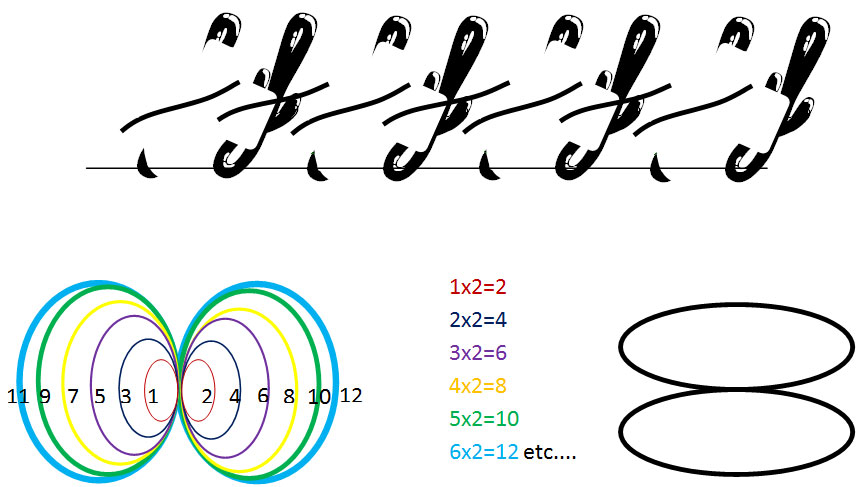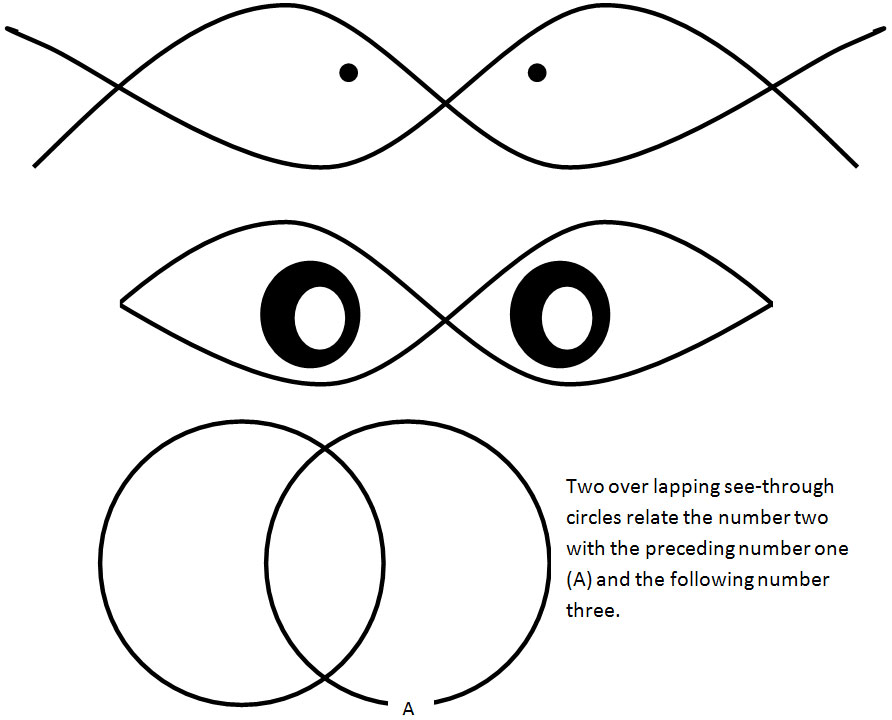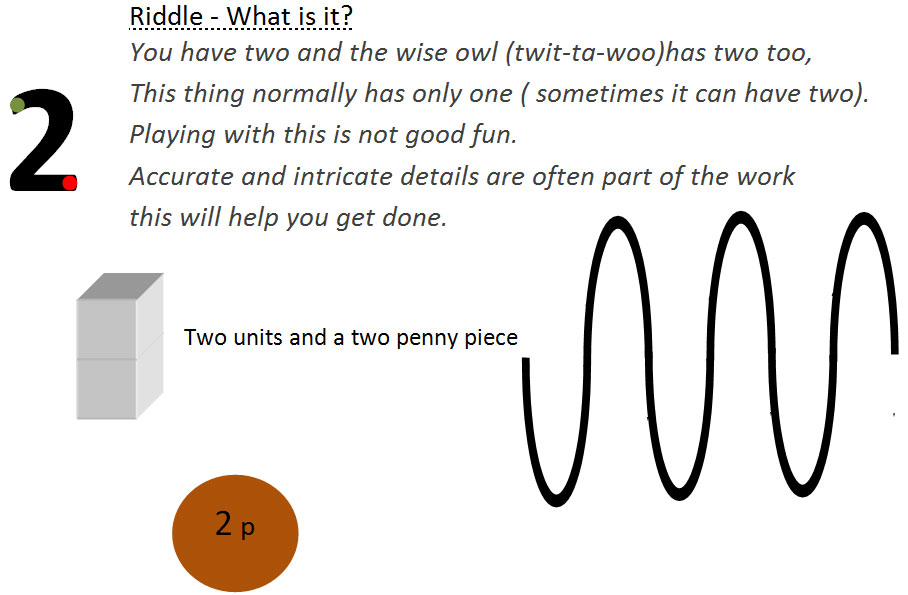
Key words for alliterative rhyming phrase two twins
Number Rhymes
I saw two twigs floating down the stream,
What a race they were having.
Like twins they looked so similar
In a race most peculiar
Staying together they drifted
On turbulent waters they were spun and lifted
Twit Twoo said the owl so wise
These two sticks won’t get any prize.
So in the twilight of the day
The twin twigs floated far away
Creative Activities
‘’Identical twins look the same and often do the same things at the same time and in the same way. Activities based on reflective social interaction can be fun. The art of reflective listening has been highly recommended by Rachal Pinney the founder of Reflective Listening and the High/Scope nursery pedagogy for its therapeutic and educational benefits.
Reflection of another person’s actions has a particular area of confusion related to left and right orientation. When two people are facing each other, a left-handed movement is often copied with the opposite person’s right hand. This aspect of reflective movement commonly creates problems of confusion, when one person is giving another directions and when trying to use a road map. Similarly types of confusion can arise when early learners meet letter shapes that also change their meaning according to their orientation
e.g. b, d, p and q, n and u, m and w, and s and z. At the early stages of learning about two dimensional written letters and numbers the author prefers to minimise symmetrical reflection within reflective activities and therefore avoid activities that cannot easily be copied from a side by side position. Some examples of reflective games are as follows:-
- Reflecting facial expressions and simple gestures with the person next to you. When this is done by a number of people standing next to each other in a line: against a wall or sitting on chairs helps the line to stay in place. The first person to present the expression to be copied can move to the end of the line and assess the accuracy of the final person’s imitation of the original expression. Like in the game of Chinese whispers the final copy may not be a very accurate copy.
- A similar activity can be done as a drawing/craft activity where two people sit next to each other with the same size paper and the same type and colour of drawing utensils or the same craft materials. One person called the artist or explorer gets on with their own art activity while the reflector follows the artists example as best s/he can using his /her own set of materials.
Reflective listening
No I’m not really copying you –
I wonder if it feels that way.
No I’m not judging you –
I do wonder how you are doing.
No I’m not trying to secretly steal your fun –
I would like to continue sharing.
Yes, I have got my eyes focused on you!
My watching is free from a desire to control
My following is without an agenda
This silence is unconditional
Because I believe you are especially wonderful,
And I love sharing special time with you.
- Tell a story that has a strong association with the number two for example the fable of ‘The hare and the tortoise’. These two personalities are also in a race to see who comes first a concept presented by the previous work on the number one. Stories can often build links with previous learning and the next stage of learning that described as the Zone of Proximal Development. Thus stories can consolidate learning and scaffold or prepare or inspire further learning.
- [ Note all the finger painting for all the numbers is described for the right hand, making the print marks is not too difficult for those who are left-handed, and the actual writing of the number while following these guiding marks can be done using which ever hand is normally used for drawing and writing.]
Using only the thumb and index finger of the right hand put green finger paint on the index finger and red on the thumb and then print two blobs diagonally as so, then paint with the index finger the 2nd half of a heart shape, starting from the green blob and follow this with a straight line across to the red blob (even quiet obscure outlines can still form something like a 2 shape:
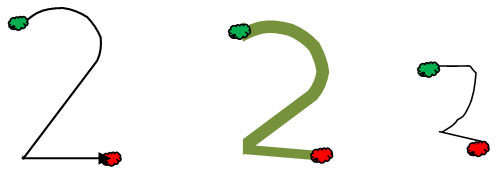
- Choose only two colours to do a two colour painting (with or without the option to use black and white). Do a two colour drawing.
- Make a drawing with two coloured pencils or crayons Selotape tightly together.
- Finger knitting is a rhythmic repetition of one stitch-two stitches, back to one stitch and on again to two stitches……..
- Weaving also involves an association with a rhythm of two repeated movements – under and over, under then over or over then under.
- Learn to make a bow with ribbon or a boot lace.
- Find out why walnuts are associated with the number two.
- A paper folding activity can also support this approach to producing the 2 symbol:-
Fold a square piece of paper, or better still thin card, in half and mark the top and bottom section of the fold with green. Then starting at the top green edge and finishing on the bottom green edge draw the second side of a heart shape. When reaching the lower green edge of the fold go straight across to the outer edges of your folded card. Cut out the ½ of a heart shape drawn on the card and open it out. Colour the first half red and the second half green (each half can also be marked with a ½ ) before cutting the heart shape in half along the fold. Then use the green half of the heart or the remaining piece of card (from which the heart was cut) as a guide for writing beautiful 2’s. If they come out as terrible two’s that’s ok too!

- The matching memory game of PAIRS. In order to enhance the practice of visual memory skills the author uses the following presentations of games. In all the following games each player takes their turn consecutively and even if a pair is found the player does not get a further go. In this way everyone has the same amount of turns and all ages and abilities can play together because both memory skills and good luck can help players find a pair.
- Using a set of identical cups, pairs of objects are randomly hidden, one at a time, under the cups which are then shuffled around. Each player then lifts one cup and tries to find the matching item under another cup. When a player finds a matching pair the player keeps the objects. The empty cups can be either removed or left in their respective places on the game table. A squared board can be used to identify a set place for each cup for the duration of any game. The placement of items/cards in accurate rows can help the focus on memory skills related to proprioceptive skills rather than random or intuitive guessing.
- The author has pairs of cards related to the following themes – colours; horses; flags; seashore shells; vegetables; flowers; ducks; farm animals; geometric shapes; opposites; peoples’ faces; cartoon dogs. Before playing the pairs memory game all the cards are shuffled and roughly spread over a flat surface. The players are then invited to the players are invited to sort the cards into pairs. When this has been completed an appropriate number of pairs suited to the age and ability of the players are selected Using a board marked out in appropriate size squares the selected cards are shuffled and placed randomly face down one in each square. If played without a marked board the cards are placed face down in even straight rows on a suitable flat surface. The players then take turns to turn over two cards. If the two cards are the same the player keeps the cards and the squares on the board (or spaces in the rows) are left empty. Players who get a pair do not get an extra turn and all the cards remain in their original position on the game area until all the pairs have been successfully found.
Using a ruler draw two identical horizontal lines one above the other and identify this as the = equals symbol. Explore the concept of equal weight presented by a set of balance scales and draw or photograph some of the results. Using a set of scales with two of something on one side and a clear container marked with coloured rings or coloured markers at regular intervals upon its height to help identify the different levels of dry silver sand required to make a successful balance. For example:-

- Outside on an area of sand use paired lengths of cane or wood placed in parallel positions to make a picture or pattern.
- Using a rolling ruler practice drawing parallel lines. Make a picture or pattern by drawing parallel lines on paper with the rolling ruler or a single transparent ruler.
- 3D Shapes The flying saucer shape has two smooth defined surfaces which can be illustrated by some crystal and pebble shapes as well as in some manmade sweets and decorative objects.
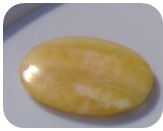 Two
Two
The two times tables can be illustrated with two penny pieces or as a twin stack of blocks.
Outdoor activity
- 2D Shapes Leaf shapes have interesting reflective curved shapes to explore. Leaf rubbings and leaf prints are easy to create.

- The participants are working in pairs, one is invited to collect and/or make small objects and the second person follows the first and imitates his/her actions, as best they can, so that s/he also has a similar collection of objects. These two people (each pair of twins playing this reflection game) similarly collect a tray of sand/mud/soil. They both then set themselves up with firstly the sand tray or any other defined space and beyond that the objects directly in front of them. While settled side by side the explorer plays with the objects in/on his sand tray while the person reflecting imitates the other person’s play as best s/he can without getting left behind. The importance here is not the quality of result on the reflector’s area but the quality of reflection in their actions. The final results may not look very alike but if the reflective actions are truly focussed the explorer will feel very happy to experience this very special level of listening that Rachel Pinney describes as Special Time.
Once introduced to this activity with a good example that gives a good quality of reflection, children can be encouraged to play this game in pairs and they will experience a wide perspective of how it feels to be well reflected and not reflected during their play. [One very young child was keen to have his daily Special Time from an experienced adult reflective listener. This child was so impressed by his experiences that when his father visited him the little boy said his father needed some special time because he was not very good at really listening. From then on the little boy did spend notable periods sharing the special time game with his father and this seemed to help them both overcome some of the communication problems related to separation.] - Plant some seeds (runner beans are good or grow mustard and cress) and watch them grow their first two leaves. [Draw the seedling.] The growing pairs of leaves present a visual 2x table.
- Visit a sheep farm during the lambing season and see how many sheep have twin lambs. Single lambs relate back to the aloneness of one and triplets explore the next number three. The numerical concepts of one more than and one less than are well illustrated during the lambing season. One to one bottle feeding is also a wonderful experience for those fortunate enough to experience feeding the orphan lambs.
- The infinity sign presents the concept of symmetrical twins. Visual puzzle – If you draw an infinity sign with a line through the centre how much is it worth?
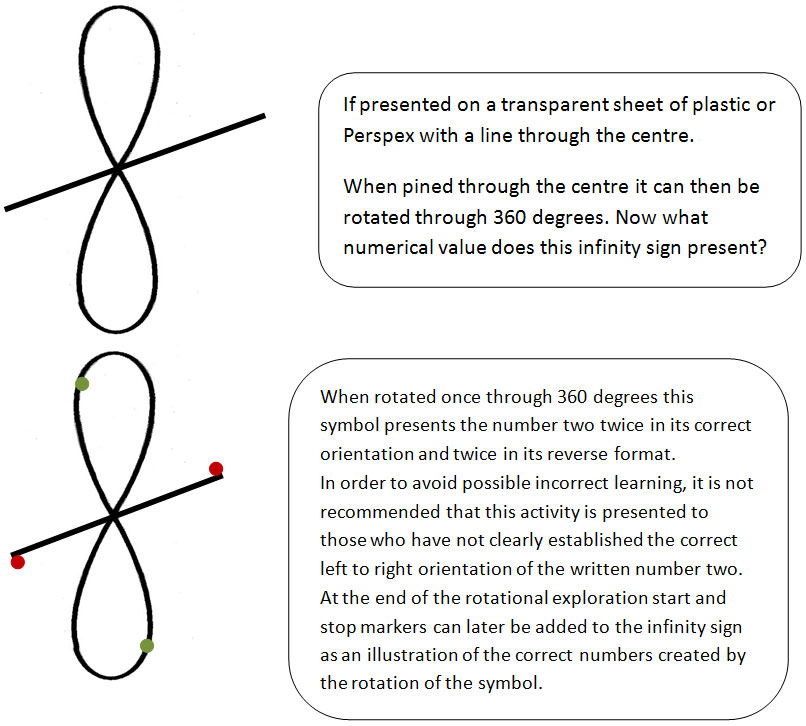

Key words for spelling two twins.
Simple sentences to remember and/or write –
One and (plus) one makes two.
The two twins have (won) one drum and one drum stick.
One twin wins one drum and one twin wins two drum sticks
You have two and the wise owl has two too.


